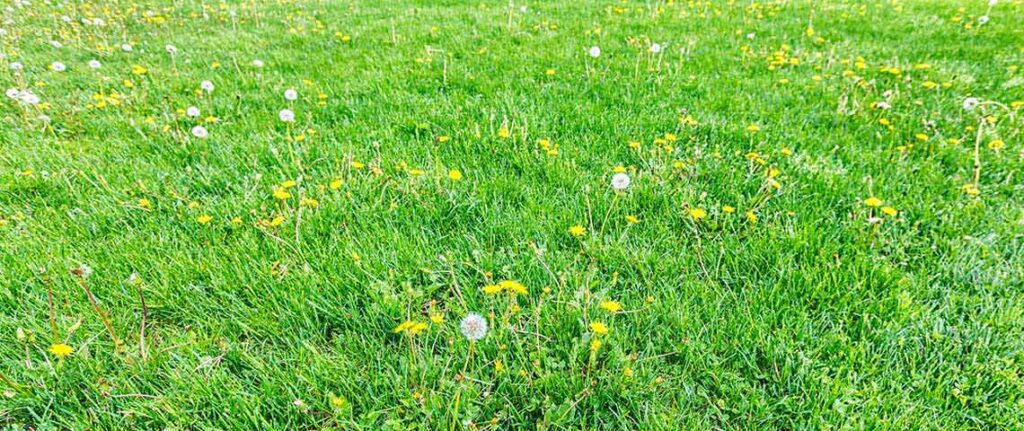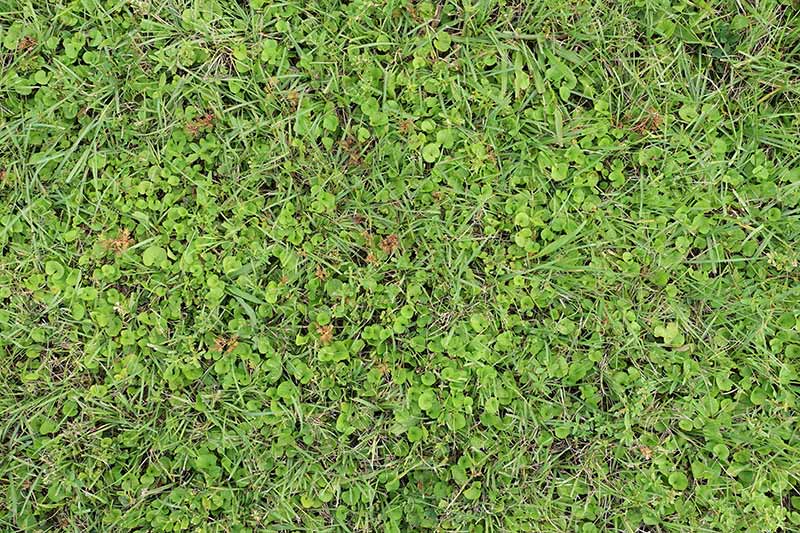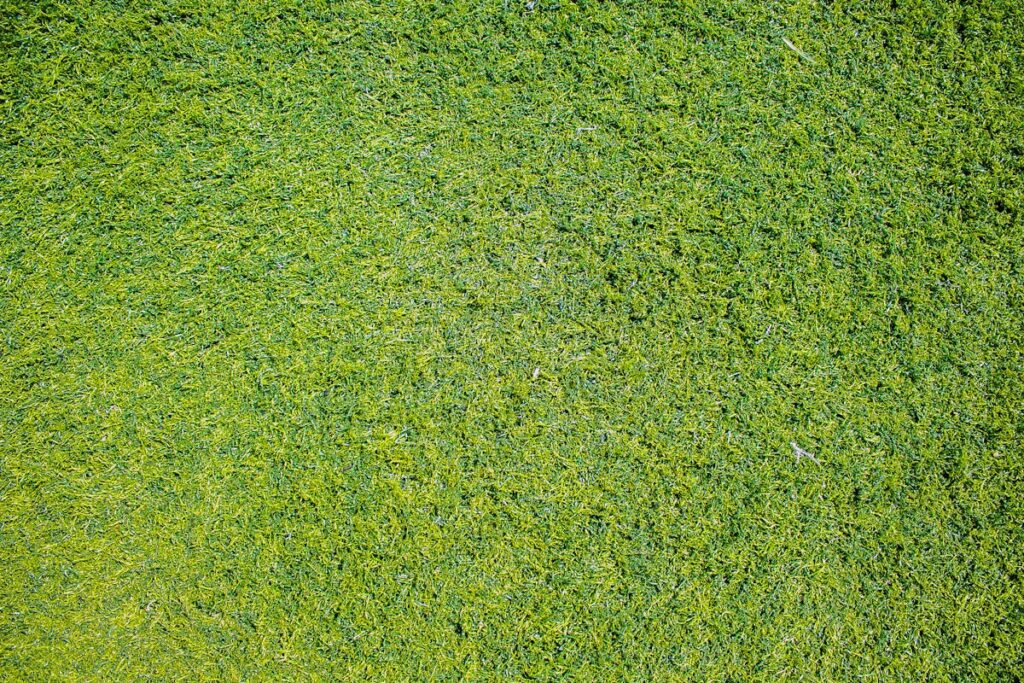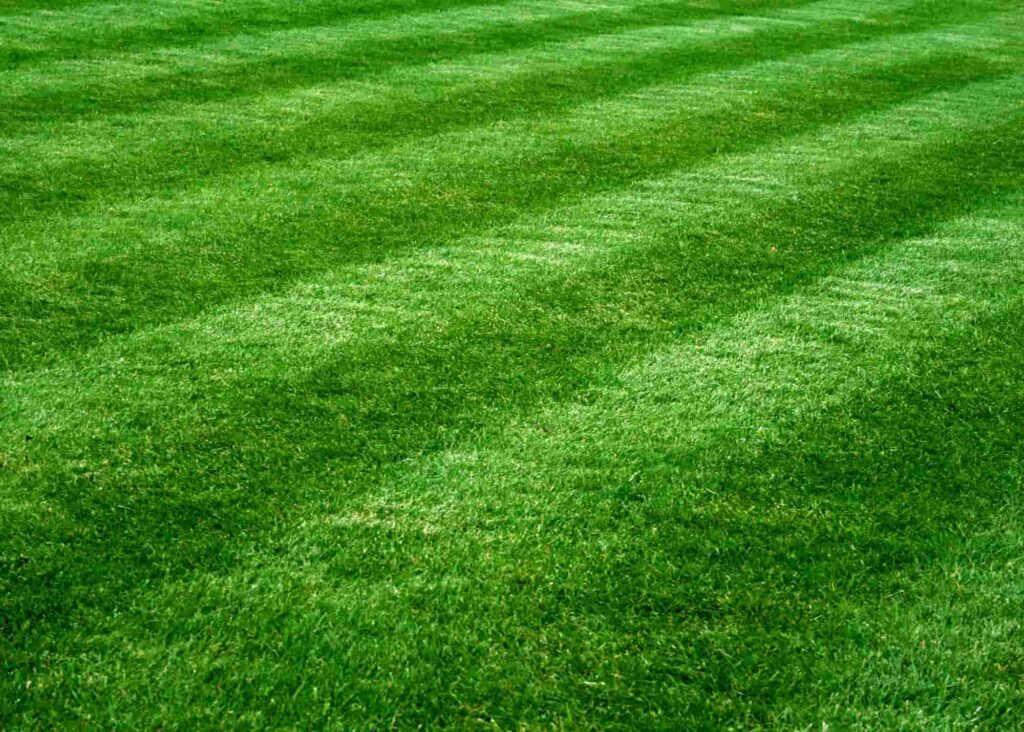Broadleaf weeds can be the bane of any homeowner’s lawn. Just when your grass is greening up and showing promise, dandelions, clover, and plantain start popping up like uninvited guests at a barbecue. But what if you could take care of your weeds and feed your grass in one go? That’s where fertilizer combined with broadleaf weed control comes in.
Let’s dig into how you can tackle those pesky weeds while giving your lawn the nutrients it craves.
What Are Broadleaf Weeds and Why Are They a Problem?
Broadleaf weeds are a category of weeds that have broad, flat leaves, unlike the narrow blades of grass. Common culprits include:
- Dandelions (Taraxacum officinale)
- Clover (Trifolium spp.)
- Plantain (Plantago major)
These weeds aren’t just ugly; they also compete with grass for essential resources like water, light, and nutrients. Worse, they can signal that your lawn isn’t in optimal health. Thin, stressed turf is an open invitation for weed seeds to settle in.
How Lawn Care Can Help Prevent Broadleaf Weeds
Good lawn care practices are your first line of defense. A well-fed, properly watered, and regularly mowed lawn creates a thick turf canopy that crowds out weed seedlings.
Here are the basics:
- Mowing: Keep grass height at 3 to 4 inches to shade the soil and block weed germination.
- Watering: Deep, infrequent watering encourages strong root systems.
- Fertilizing: Feeding your lawn regularly (usually 3-4 times a year) ensures it stays healthy and resilient.
According to Rutgers NJAES, many broadleaf weeds flourish in nutrient-deficient, poorly maintained lawns. Cultural care, like proper mowing and feeding, is key.
Weed and Feed Products
“Weed and feed” products are fertilizers mixed with herbicides designed to do double duty:
- Feed the lawn.
- Kill broadleaf weeds.
This dual-action formula is especially effective in the spring and fall when weeds are actively growing. Weed and feed products are designed for post-emergent control, meaning they target weeds that are already visible.
Common active ingredients include:
- 2,4-D: A selective herbicide that kills many broadleaf weeds but spares most grasses.
- Dicamba: Absorbed by roots and leaves for added punch.
- MCPP (Mecoprop): Great for clover and dandelion control.
Be sure to choose a product that suits your specific grass type. For example, some formulas are safe for Kentucky bluegrass but not St. Augustinegrass. Read the label.
Application Tips: Timing and Technique Matter
For best results, apply weed and feed products correctly:
- When: Early morning when the lawn is damp, usually in spring or fall.
- How: Use a broadcast or drop spreader for even distribution.
- Avoid Mowing: Don’t mow for 48 hours before and after application.
- Wait to Water: Hold off on watering for at least two days post-application.
- Reapplication: Only apply once a year unless the label says otherwise.
Remember, applying herbicides when temperatures exceed 85°F can stress your lawn. And always keep granules off driveways and sidewalks to prevent runoff and staining.
Check out Jonathan Green’s product guide for spreader settings and lawn-specific tips.
Safety First: Protect Yourself and the Environment
Herbicide-fertilizer combos aren’t toys. Take safety seriously:
- Wear gloves, long sleeves, and pants.
- Keep pets and kids off the lawn for 48 hours after application.
- Store securely in a dry, shaded place away from food, water, and direct sunlight.
- Avoid use near water bodies, storm drains, or if heavy rain is forecast.
A study from UGA Extension emphasizes applying when the wind is below 5 mph to avoid herbicide drift that can harm nearby plants.
Organic and Natural Alternatives
If you prefer to skip chemicals, you’ve got options, though they come with caveats:
- Manual Removal: Effective but time-consuming.
- Corn Gluten Meal: A pre-emergent herbicide that prevents weed seed germination.
- Vinegar-Based Sprays: Good for small areas, but can also damage grass.
These methods are less efficient for large or well-established weed problems but offer a safer route for families and pets.
Chemical vs Organic: Pros and Cons
| Method | Effectiveness | Ease of Use | Environmental Risk |
| Weed & Feed (Chemical) | High | Moderate (tools needed) | Moderate |
| Manual Pulling | Moderate | Low (labor-intensive) | Low |
| Corn Gluten Meal | Low (prevention only) | Moderate | Low |
| Vinegar/Natural Sprays | Low | High (spot application) | Low |
Final Thoughts: Tailor Your Strategy
The best approach combines good lawn care with timely, appropriate control. If you want quick results and a lush lawn, weed and feed products are your best friend. Just be cautious and follow instructions. If you’re into the organic route, start early and stay consistent.
At the end of the day, a healthy, well-maintained lawn is your best defense against broadleaf invaders.








